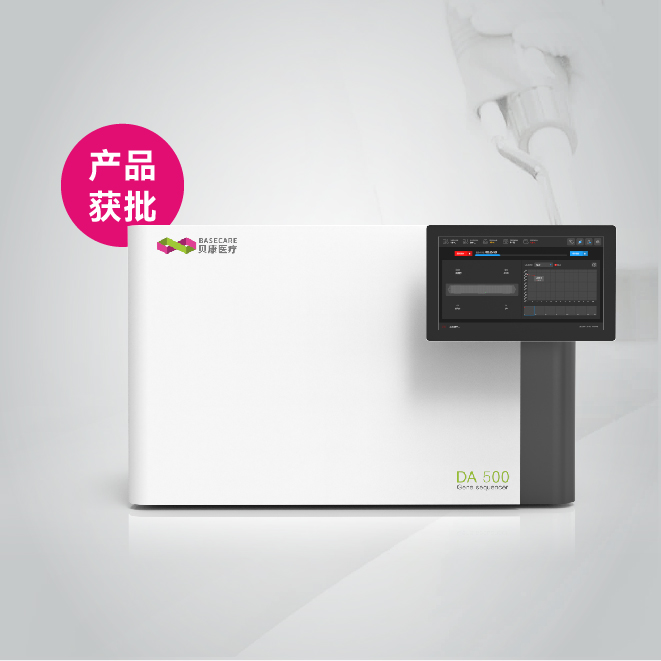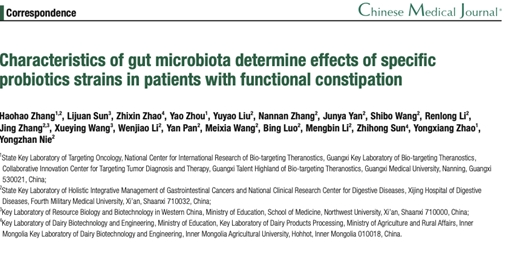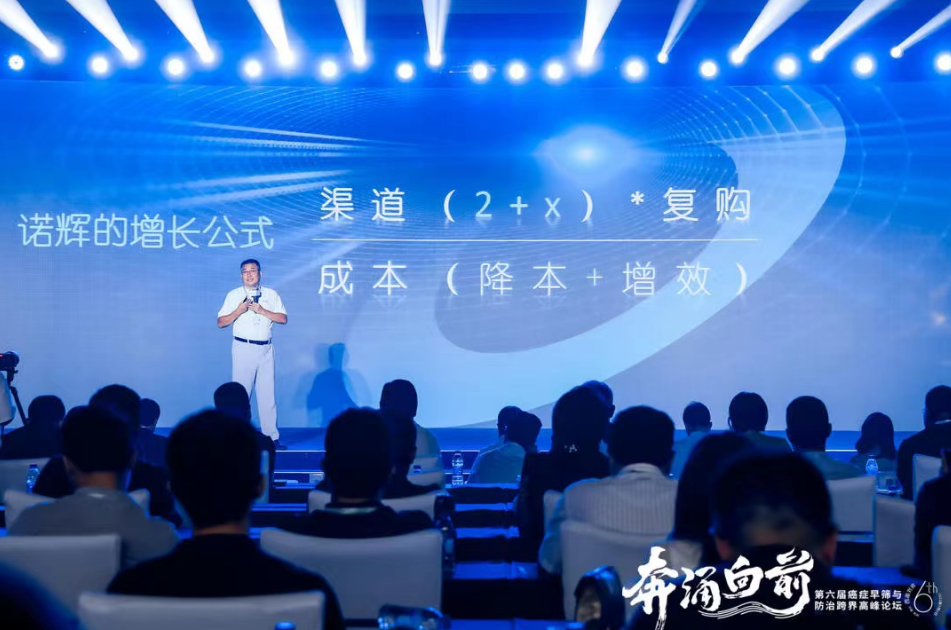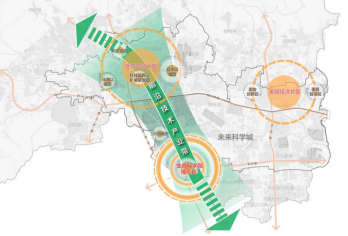ABSTRACT
The use of the polymerase chain reaction (PCR) in molecular diagnostics has increased to the point where it is now accepted as the gold standard for detecting nucleic acids from a number of origins and it has become an essential tool in the research laboratory. Real-time PCR has engendered wider acceptance of the PCR due to its improved rapidity, sensitivity, reproducibility and the reduced risk of carry-over contamination. There are currently five main chemistries used for the detection of PCR product during real-time PCR. These are the DNA binding fluorophores, the 5′ endonuclease, adjacent linear and hairpin oligoprobes and the self-fluorescing amplicons, which are described in detail. We also discuss factors that have restricted the development of multiplex real-time PCR as well as the role of real-time PCR in quantitating nucleic acids. Both amplification hardware and the fluorogenic detection chemistries have evolved rapidly as the understanding of realtime PCR has developed and this review aims to update the scientist on the current state of the art. We describe the background, advantages and limitations of real-time PCR and we review the literature as it applies to virus detection in the routine and research laboratory in order to focus on one of the many areas in which the application of real-time PCR has provided significant methodological benefits and improved patient outcomes. However, the technology discussed has been applied to other areas of microbiology as well as studies of gene expression and genetic disease.
BACKGROUND
The polymerase chain reaction (PCR) (1,2) has been used as the new gold standard for detecting a wide variety of templates across a range of scientific specialties, including virology. The method utilises a pair of synthetic oligonucleotides or primers, each hybridising to one strand of a double-stranded DNA (dsDNA) target, with the pair spanning a region that will be exponentially reproduced. The hybridised primer acts as a substrate for a DNA polymerase (most commonly derived from the thermophilic bacterium Thermus aquaticus and called Taq), which creates a complementary strand via sequential addition of deoxynucleotides. The process can be summarised in three steps: (i) dsDNA separation at temperatures <90°C, (ii) primer annealing at 50–75°C, and (iii) optimal extension at 72–78°C (Fig. 1A). The rate of temperature change or ramp rate, the length of the incubation at each temperature and the number of times each set of temperatures (or cycle) is repeated are controlled by a programmable thermal cycler. Current technologies have significantly shortened the ramp times using electronically controlled heating blocks or fan-forced heated air flows to moderate the reaction temperature. Consequently, PCR is displacing some of the gold standard cell culture, antigenaemia and serological assays (3). Existing combinations of PCR and detection assays (called ‘conventional PCR’ here) have been used to obtain quantitative data with promising results. However, these approaches have suffered from the laborious post-PCR handling steps required to evaluate the amplicon (4)
Traditional detection of amplified DNA relies upon electrophoresis of the nucleic acids in the presence of ethidium bromide and visual or densitometric analysis of the resulting bands after irradiation by ultraviolet light (5). Southern blot detection of amplicon using hybridisation with a labelled oligonucleotide probe is also time consuming and requires multiple PCR product handling steps, further risking a spread of amplicon throughout the laboratory (6). Alternatively, PCR–ELISA may be used to capture amplicon onto a solid phase using biotin or digoxigenin-labelled primers, oligonucleotide probes (oligoprobes) or directly after incorporation of the digoxigenin into the amplicon (7–12). Once captured, the amplicon can be detected using an enzyme-labelled avidin or anti-digoxigenin reporter molecule similar to a standard ELISA format.
The possibility that, in contrast to conventional assays, the detection of amplicon could be visualised as the amplification progressed was a welcome one (13). This approach has provided a great deal of insight into the kinetics of the reaction……







